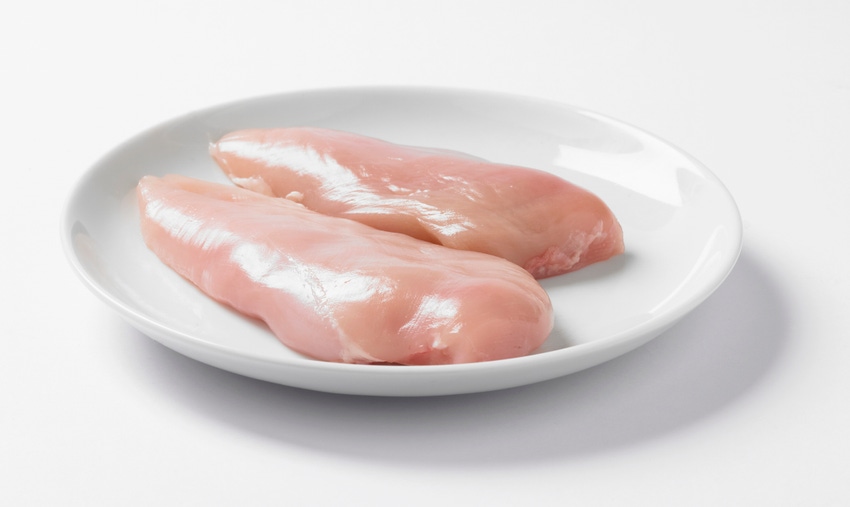The future holds increasingly exciting opportunities exist for meat suppliers, particularly those of chicken and fish, who are willing to look outside of traditional channels.

What does the future hold for meat in general and chicken and eggs in particular? Dr. David Hughes, emeritus professor of food marketing at Imperial College in London, England, shared his thoughts on just that during the Arkansas Nutrition Conference in Fayetteville, Ark.
According to Hughes, meat demand globally is in a strong growth mode, particularly for chicken.
Still, he noted that in many higher-income countries, per capita consumption will be static at best and in slow decline in some. This is the era of the meat reducer, the so-called flexitarian society, he said. Meat will have increasing competition from other protein sources, not just plant-based proteins.
Chicken has performed better than red meats in being presented to consumers as an integral component of the meal/snack solution, but it must do even better, and the solid foundation is an improved understanding of what drives time-starved consumers to purchase food of various types and at various times, Hughes said.
“While richer consumers may eat less meat, they will pay more for less if the meat product has more consumer benefits,” Hughes said. For meat suppliers, he said, the attractive margin is in the adjectives associated with the meat (e.g., the story of where it was produced and how and by whom) and not in the noun (e.g., commodity chicken or commodity beef).
Hughes added that consumers' expectations about their food, and particularly meat, are rising inexorably. In general, he said, consumers won't pay a premium for high-integrity foods. In fact, he said, they assume that the integrity of the product is a minimum requirement when they purchase meat products.
The greatest growth in demand for meat from “the emerging world” is anticipated to be for chicken and fish. Hughes said this is because these are two protein types that are liked, compatible with religious restrictions and affordable when produced under intensive systems.
During the period from 2018 to 2030, Rabobank estimates that global demand will increase by 50% for poultry, by 35% for eggs and pork and by 20% for fish/seafood and beef.
Looking to the future, Hughes said increasingly exciting opportunities exist for meat suppliers to connect with consumers outside of traditional channels.
The very positive news for meat and egg suppliers worldwide is that there are increasingly more routes to the consumer than in the past. The supermarket channel no longer dominates, Hughes said, noting that there is room for specialist online meat vendors, artisan butchers with a substantial electronic market reach, meal kit companies delivering boxes of ready-to-prepare meals fresh for the week and the explosion of to-go outlets for fresh food snacks/meals seen in most major urban centers.
Hughes suggested that chicken and egg producers would do well to look to the global salmon industry as a good example of how to take advantage of food-to-go trends. Sushi is pervasively available around the cities of the world, yet management of the supply chain for chilled salmon is challenging. Sushi ticks many of the food trend boxes — tasty, healthy, convenient to buy and eat — and Japanese food is fashionable.
At a more economical price point, chicken and egg snacks and mini-meals should be similarly successful, Hughes said.
About the Author(s)
You May Also Like



